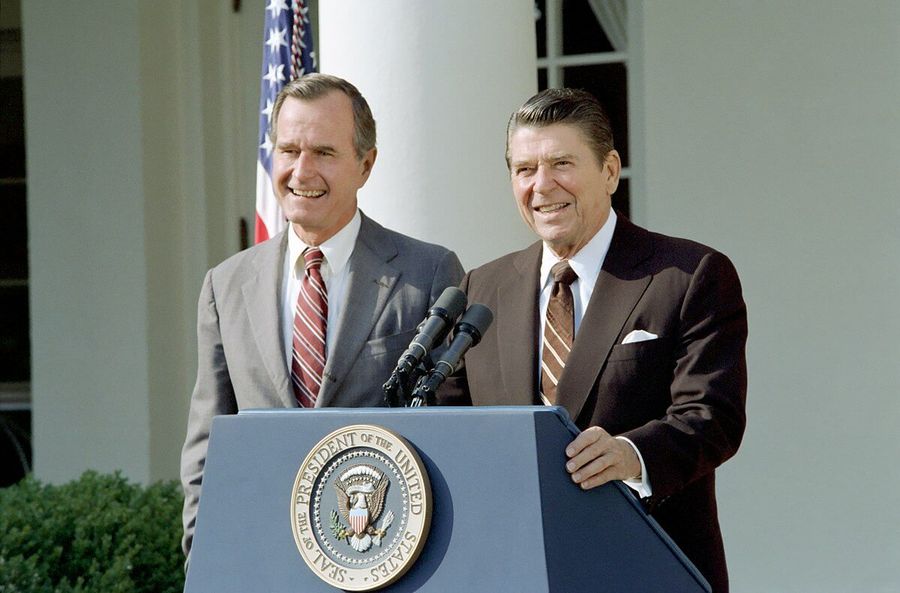
While the Reykjavik Summit fell short of achieving Ronald Reagan’s dream of forever eliminating nuclear weapons, the historic meeting did lay the groundwork for the most productive era of arms control cooperation in U.S. and Soviet history. Over the last half of Reagan’s second term and his successor, President George H. W. Bush’s time in office, seven major treaties and programs involving Weapons of Mass Destruction were enacted. The passage of each of these treaties and programs helped to create a more secure America. The sum of these achievements was a tremendous advancement for humanity. These treaties were essential stepping stones toward building a world free of nuclear weapons. More recently, the December 2010 ratification of the New START treaty continued building on Reagan’s initial achievements.
Post Reykjavik Achievements
- Intermediate-Range Nuclear Forces Treaty (INF)
- Threshold Test Ban Treaty (TTBT)
- Presidential Nuclear Initiatives
- Nunn-Lugar Cooperative Threat Reduction Program (CTR)
- U.S. Nuclear Testing Moratorium
- Strategic Arms Reduction Treaty (START or START I)
- Chemical Weapons Convention (CWC)

“I am therefore directing that the United States eliminate its entire worldwide inventory of groud-launched short-range, that is, theater nuclear weapons.”
President George H.W. Bush, 1991
